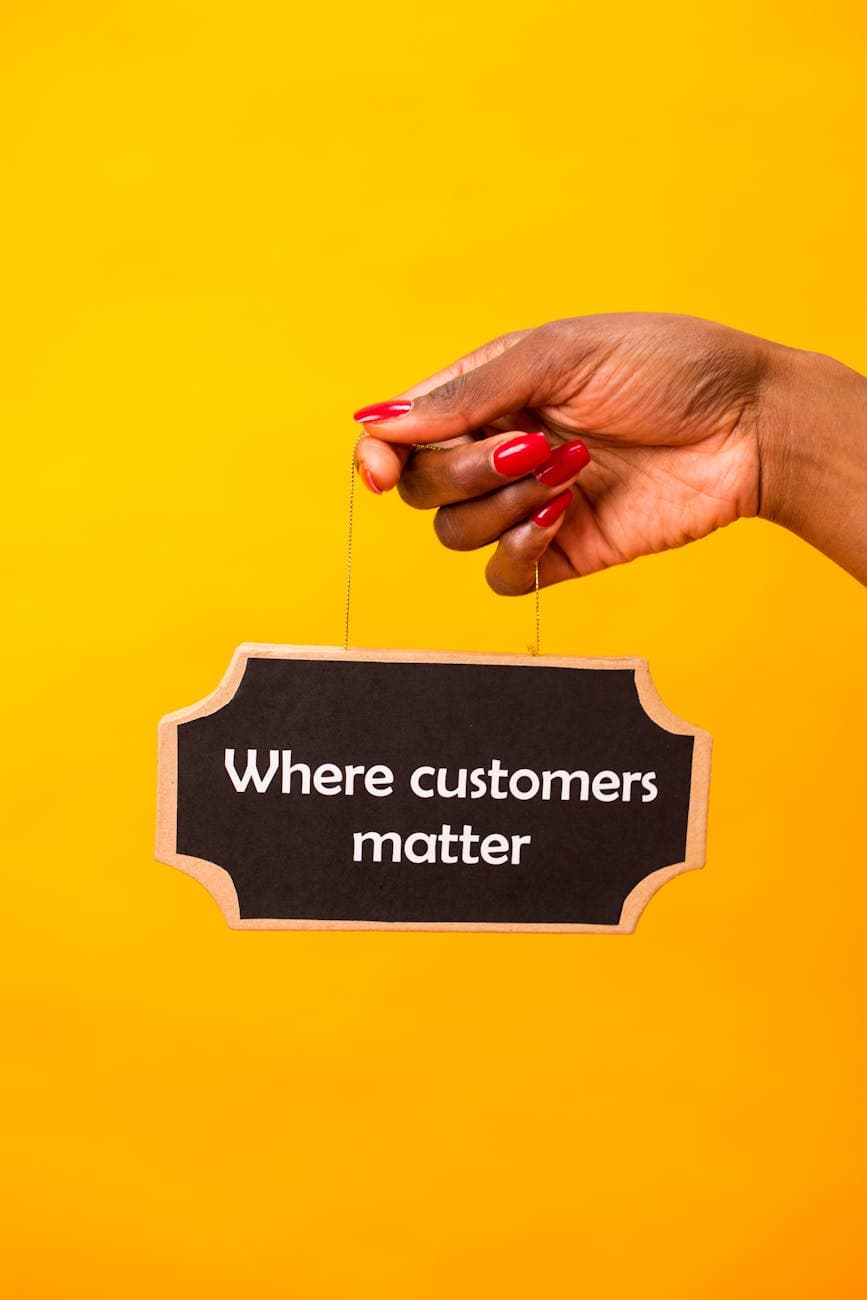Turning Trust into Growth: How SaaS Marketers Harness Customer Testimonials

In the crowded digital bazaar of SaaS, where new products and platforms spring up almost every day, the difference between thriving and struggling often comes down to one intangible but crucial factor: trust. Even the best engineered applications can flounder if potential buyers do not feel confident in what they are being sold. Enter the customer testimonial, a deceptively simple weapon that SaaS marketers increasingly rely on to bridge the trust gap. Far more convincing than a splashy features list or bullet-pointed benefit statements, the authentic voice of a satisfied customer can slice through skepticism and inertia like few other tools can.
In recent years, as the SaaS category has exploded, so too has the sophistication of testimonial marketing. This is not about sprinkling generic quotations at the bottom of a landing page. It is about weaving customer voices deeply into the fabric of your entire marketing strategy, from acquisition ads to onboarding touchpoints. It requires nuance and strategic intent at every step. The most successful SaaS companies understand that testimonials are neither window dressing nor a quick fix. Instead, they are an ever-evolving resource, one that reflects the living, breathing relationship between users and your product.
The Age of Social Proof
To understand how and why testimonials work, it helps to zoom out for a moment. Buying SaaS is fundamentally an act of faith. Your customers are rarely buying a physical object that they can inspect. They are paying for a subscription to a living service, an evolving platform that may become a mission-critical part of their workflow. The fear of making the wrong choice is real, a lost few months here, an integration headache there, maybe jobs on the line if things go really sideways. In a world where buyers have more information but also more anxiety than ever, the first instinct is to look around and see what others are doing.
That is the psychological engine behind social proof. Today’s buyers are more likely to spend hours trawling review sites, Reddit threads, or Slack communities searching for real stories from real users. This is not about technical specs but about human narratives. Does this tool really make life easier? Does support respond at 3AM? Will it make me look smart, or foolish, in front of my boss? When a customer testimonial nails these micro-moments, it does not just describe what your product does, it vouches for what it means to someone just like the buyer.
Testimonials at Every Touchpoint
So how can SaaS companies move beyond the old “bumper sticker” testimonial? The answer begins with seeing reviews not as a one-off asset but as a dynamic resource to be curated and deployed throughout the funnel.
On websites, testimonials have traditionally lived in a scrolling slider on the homepage or a dedicated “What our customers say” section. Increasingly, marketers are getting more granular, matching testimonials to specific personas, use cases, or product pages. Imagine a project management tool that surfaces quotes from heads of finance on its analytics feature page, and from agency owners discussing integrations with Slack. This level of precision makes testimonials feel less like fuzzy validation and more like direct answers to the reader’s unspoken worries or desires.
The next frontier is video. Testimonial videos are expensive and can be awkward to produce, but they are powerfully effective because they humanize both the customer and the brand. The subtlest facial expression or unscripted aside can do something that a paragraph of text never could, give a sense of authenticity. Even short clips embedded in emails or shared on social media can pull prospects further down the trust curve.
But smart SaaS marketers do not stop at top-of-funnel tactics. Testimonials can be used to reinforce upgrades and adoption further down the pipeline. A personalized case study delivered to a trial user who is hesitating at the paywall can tip the balance. An onboarding email featuring a video from a successful customer reflecting on “how I got ROI in month one” can reduce churn at a critical early stage.
The Challenge of Authenticity
Of course, these techniques come with challenges. The more heavily you lean on social proof, the more critical it becomes to safeguard authenticity. Early SaaS marketers could get away with vague attributions (“VP of Finance, Midwest Company”) or stock photo stand-ins. Today’s buyers are wary and well-trained to sniff out embellishment or even outright fabrication. Anonymized testimonials rarely move the needle. At the same time, over-polished videos that look and sound like mini-infomercials can backfire.
The best SaaS brands invest in relationships with their happiest customers. They ask for permission to use names, companies, and faces. Some even work with clients to co-create longer-form content such as webinars or Q&A sessions. Invaluable trust is built when a testimonial does not just say “this works for me” but also unpacks how it solved a specific pain point, and even shares what did not go perfectly along the way.
Curating and Scaling Testimonials
Getting great reviews is only half the battle. In a fast-moving SaaS context, your best reviews from two years ago may now reflect an outdated product. Regular outreach to collect fresh testimonials is critical, whether through automated post-support surveys, scheduled NPS campaigns, or even quick one-line requests on support calls.
There is also the question of curation. Too many testimonials can turn into a cacophony without clear takeaways. Tools powered by AI are now emerging that can tag and surface the most “on-message” quotes based on context. Smartly curated, your SaaS reviews become a kind of living library, supporting every prospect at just the moment they are looking for reassurance.
Learning from the Best
The lessons here are both practical and philosophical. At its heart, a testimonial strategy is about humility, a willingness to let customers be the hero of your SaaS story. It pays to walk in their shoes, listen to their granular frustrations and triumphs, and amplify the voices that resonate most. The marketing cliché that people buy from people is true, but in SaaS it is more than that. They buy from people who next month, or next year, will still be delighted to share their story.
For SaaS companies navigating an ever more crowded market, testimonials are not just marketing window dressing. Used wisely, honestly, and with strategic intent, they become an engine of trust that powers adoption, fuels advocacy, and builds community. In other words, they turn your users into your most compelling, and authentic, sales team.


